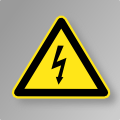 Numerous automation applications require to switch on and off high power appliances. For instance, in the home automation domain, you may want to automatically switch on a 3KW electric heater or boiler. The problem is that it's nearly impossible to find USB-driven relays commuting such a high power. We present today our new solution to this issue: the Yocto-MaxiCoupler.
Numerous automation applications require to switch on and off high power appliances. For instance, in the home automation domain, you may want to automatically switch on a 3KW electric heater or boiler. The problem is that it's nearly impossible to find USB-driven relays commuting such a high power. We present today our new solution to this issue: the Yocto-MaxiCoupler.
There are three reasons why USB-driven relays don't usually support heavy loads:
- The connectors and tracks through which strong current go must be very large, which renders the device cumbersome.
- Power relays eat a lot of current
- Cutting out strong currents creates strong auto-induced surge currents. They can can cause emissions affecting USB communications (causing module disconnection).
To circumvent this issue, you can drive a high power relay with a small USB-driven relay. It works, but this solution requires an external power supply to commute the relays:
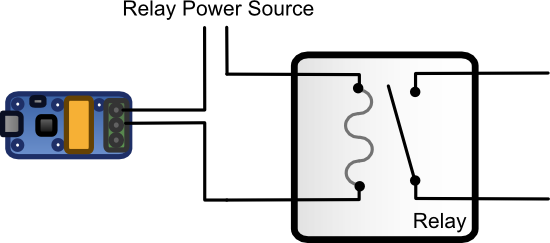
The classical way to drive a high-power relay from USB
There is a better solution. To avoid the external power supply, use a power relay powered directly from the mains, like the Magnecraft relays from Schneider Electric. On top of avoiding the external power supply, these high voltage driven relays have the advantage of consuming much lower currents.
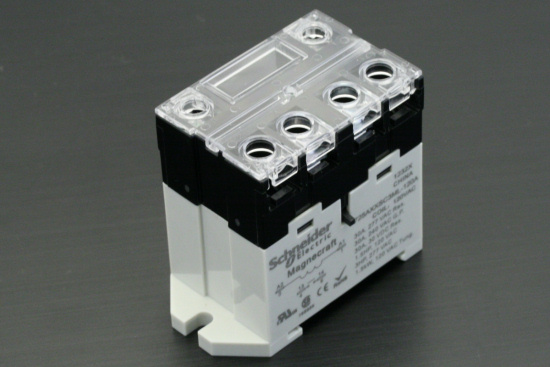
A Magnecraft 30A relay from Schneider Electric, powered directly from the mains
Thanks to lower currents, you can drive them using small solid state relays instead of mechanical relays. Solid state relays are faster, more reliable, and consume much less electricity as well. This is exactly what our new product, the Yocto-MaxiCoupler, does.
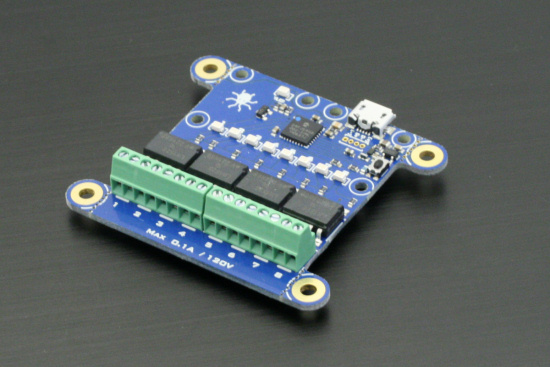
The Yocto-MaxiCoupler, an octuple photocoupler designed to drive high-power relays
With it, you can directly commute 8 high voltage relays. Even when all the channels are active, the Yocto-MaxiCoupler still requires less than 80 mA. Therefore, you can connect it to a non-powered hub or to a mini-PC with only limited power on the USB port. The solid state relay isolation is guaranteed up to more than 5000VAC. This prevents any auto-induced perturbation on the USB port when commuting the high power relay.
Here is a sample connection scheme, for driving eight high-power relays:
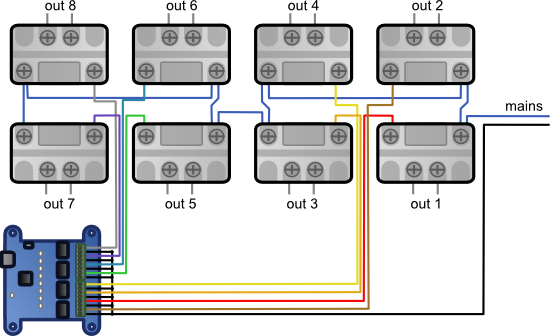
Connection scheme
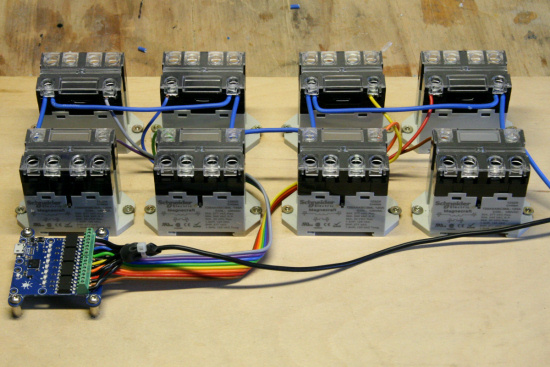
The same thing, but real
Beware of two important limitations of the Yocto-MaxiCoupler, compared to the Yocto-MaxiRelay for instance:
1. When closed, these solid state relays keep a significant resistance: approx 25 Ohm. This is much more than a mechanical relay
2. These solid state relays only stand a small current, up to 100 mA. This is fine for driving relays, but it will usually not work for driving a load directly. So don't expect to skip the output stage made of power relays !
According to the official specs, the Yocto-MaxiCoupler connectors allow tensions up to 110VAC (160V peak). In practice, you could even take the risk of using 220VAC, since the solid state relays can stand up 400V peak. But be careful where you put your fingers when you manipulate high tension driven relays!


